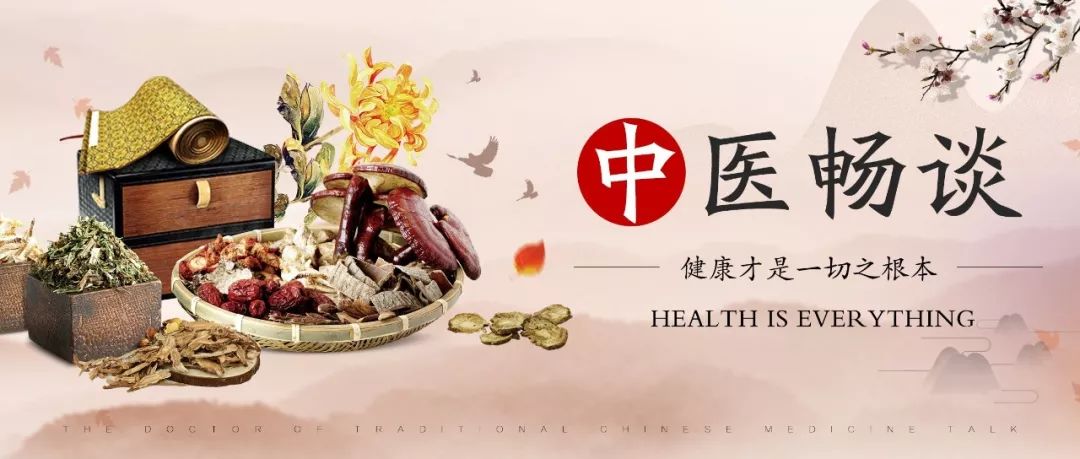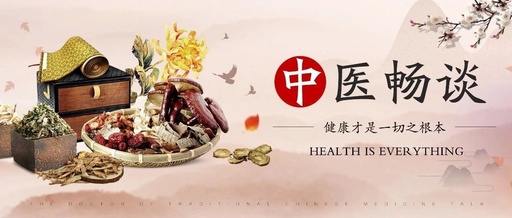
Red tongue, thin tongue body, and sparse coating indicate: this does not necessarily mean Yin deficiency with heat.
The profound theories of Traditional Chinese Medicine (TCM) are vast and intricate, yet fundamentally simple. They are based on the infinite reasoning of Yin and Yang, the calculations of the Five Movements and Six Qi, and the foundational principles of analogy and classification. This complexity can sometimes lead to situations that deviate from reality, lacking objectivity and resembling metaphysical reasoning. Below, we will examine a case study that provides insight into this matter.
Chen Xqiang, male, 59 years old, from Qiaodong, Xingtai City, visited on October 25, 2019. Chief complaint: burning sensation in the palms and soles. Every night, he needs to expose his hands and feet outside the covers; otherwise, he experiences burning and restlessness, unable to sleep. His hands and feet feel abnormally cold, with dry mouth and bitter taste, no desire to drink, and a general feeling of heat without aversion to wind. Occasionally, he experiences numbness in the left arm and lower limbs. His tongue shows sparse coating and a red, thin body, with a pulse that is floating and large.
In this case, the sparse coating and red, thin tongue body could traditionally be interpreted as indicative of Yin deficiency with heat. However, Dr. An stated: a sparse coating and red, thin tongue body is characteristic of Gui Zhi (Cinnamon Twig) tongue. Dr. An humorously referred to this as the An family’s theory, derived from practical experience and proven effective. He also cited an example for clarification: many years ago, a 50-year-old woman in menopause experienced palpitations and sought treatment. Her tongue was red and thin. Many doctors failed to help her. After much contemplation, I decisively used Gui Zhi Gan Cao Tang (Cinnamon Twig and Licorice Decoction) with remarkable results. This broke and corrected the traditional TCM assumption of Yin deficiency.
Coincidentally, my friend Ms. Xu Ju also expressed her sentiments, recalling a similar case from years ago. A patient with a tender red tongue and sparse coating improved to a normal tongue appearance after three doses of Gui Zhi Tang (Cinnamon Twig Decoction) with Fu Zi (Aconite). It was quite astonishing. Recently, while reviewing these materials for exams, I also found discrepancies between theory and clinical practice.
TCM has its theoretical limitations, which have delayed many young practitioners. It seems that TCM theory has a dual nature: it can lead to success through theoretical deduction or failure through the same means. It is a double-edged sword!
From the above, we can conclude: our TCM sage Zhang Zhongjing does not deceive! Dr. An continued, this patient is not a first-time visitor; he had previously sought treatment five or six years ago for the same burning sensation in the palms and soles. Therefore, it is normal to feel confused, as several TCM practitioners from different hospitals had previously diagnosed it as kidney Yin deficiency, changing the prescription multiple times without success. Thus, this is a recurrence. When the patient first consulted me, he asked, “Dr. An, do you treat kidney deficiency? Is this kidney Yin deficiency or kidney Yang deficiency?” I told him it is both kidney Yin and Yang deficiency. However, when prescribing, I did not follow the kidney Yin deficiency diagnosis.
The patient was surprised, saying: “Your kidney deficiency prescription is different from others, but it works best.” During the initial consultation five or six years ago, Dr. An prescribed: Dang Gui Huang Qi Jian Zhong Tang (Angelica and Astragalus Decoction) with Long Gu (Dragon Bone) and Mu Li (Oyster Shell). It was effective after just one dose. Dr. An remarked: at that time, this approach may have been influenced by the theories of the great physician Dong Yuan, who advocated the use of Huang Qi (Astragalus).
Now, with the recurrence of the burning sensation in the palms and soles, accompanied by a bitter taste and limb numbness, I combined Chai Hu Gui Zhi Gan Jiang Tang (Bupleurum and Cinnamon Twig Decoction) with Dang Gui Shao Yao San (Angelica and Peony Powder).
In ancient times, due to the limitations of scientific technology, many medical achievements and experiences gained through practice were forced to be explained through the theories of Yin and Yang, Eight Trigrams, Five Elements, and analogies, to elucidate these precious experiential results. Objectively, this has propelled the development of TCM, but it has also led to forced interpretations that deviate from objective reality, which we must pay sufficient attention to!
Dr. An’s previous articles:
“Rich Clinical Practice Experience is the Only Treasure to Test TCM Theory”
“Advanced Case: Treating Menopausal Syndrome with Classical Formulas”
“Understanding the Essence of Combination Formulas from a Miscellaneous Disease Case”

